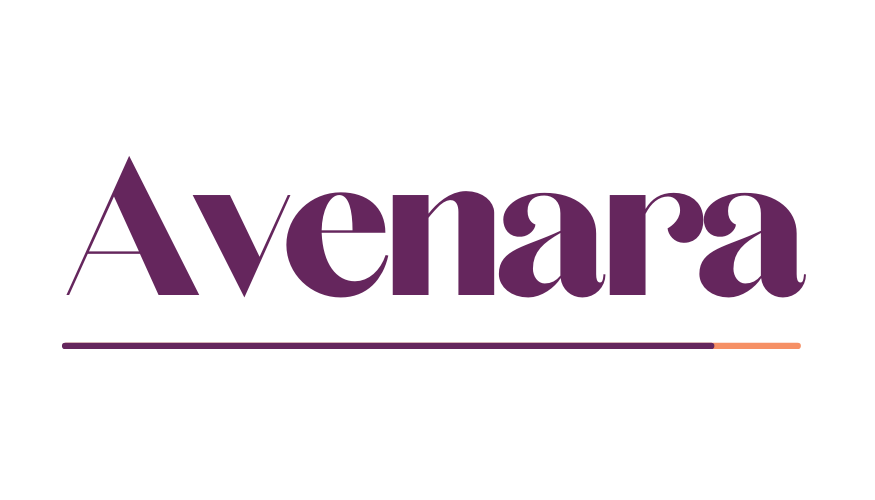When you start a YouTube channel — whether for your business, personal brand, or creative project — it’s easy to fall into the “publish and hope” mindset. But the truth is: every successful channel is built on understanding what already works in your niche.
Competitor research helps you uncover:
- What kind of content does your target audience already engage with
- How often similar creators post
- Which formats perform best (shorts, long-form, tutorials, stories)
- What gaps or opportunities exist that no one is covering yet
In other words, it’s not about copying — it’s about decoding what resonates and using that insight to position your content strategically. And the best part? You don’t need any paid tools to start the process!
💡 If at any point this starts to feel like a lot — that’s completely normal. Market or competitor research can take time to master. You can always reach out to Avenara, and we’ll help you turn your findings into a clear, actionable growth plan.

1. Identify Direct and Indirect Competitors
Direct competitors are channels targeting the same audience with similar content types (for example, two YouTube marketing consultants).
Indirect competitors might not teach the same thing but attract the same audience — for instance, a productivity channel that appeals to small business owners also watching marketing videos.
Start by searching for keywords related to your niche and listing the top 10–15 channels that consistently appear.
Note how their titles, thumbnails, and tone differ — that’s the start of your map.
Doing video SEO well gives you leverage on multiple channels: your website, your video platform, and search engines.
2. Analyse Their Channel Data
Open each competitor’s channel page and capture key metrics in your sheet:
3. Observe Behavioural Cues
Check for patterns of behavior, what’s the “feeling” this niche has adopted, and what is the culture in it?
Tracking Insights in the Free Template
Once you’ve gathered data from a few channels, add it to your Competitor Research Sheet.
Each column in the sheet represents one measurable aspect — such as Subscribers, Views, Frequency, Length, and Engagement Style.
As you fill it in, you’ll start seeing relationships emerge:
- Channels posting weekly may have steadier growth than those uploading sporadically.
- Longer educational videos may perform better in one niche, while snappy Shorts dominate in another.
You can build the same Google Sheet for your personal preferences, but make sure that if you add a metric for one competitor, you should be consistent and check the numbers for each channel you extract.

🧾You can download the free demo YouTube Research Sheet directly from here – link
Using ChatGPT’s Prompt for Deeper Analysis
You can use ChatGPT to instantly analyse previously collected channels from you to analyse all that data and find opportunities for you, saving you time.
Below is a ready-to-copy prompt built specifically for this purpose.
Note: Check the information provided by the AI Agent, as the results may not be precise!
Here’s a little reminder:
“Absolute Mode” isn’t an official, real “mode” inside ChatGPT or any OpenAI model.
It’s something people made up online — a prompting convention, not a technical feature.
What happens is:
Creators or power-users write prompts that sound like they activate a special mode (“Developer Mode,” “DAN,” “Absolute Mode,” etc.), but what they really do is frame the instructions in a very authoritative way.
That tone (“You are now in Absolute Mode”) helps the AI stay focused and output answers more systematically.
So when you see “Absolute Mode”, it just means:
“Act like a professional analytical agent. Be decisive, structured, and comprehensive.”
Now… Once you run this prompt, ChatGPT will output a comparative analysis that helps you spot what’s missing in your space — whether it’s a specific topic, tone, or video format no one is mastering yet.
You can update the sheet and re-run the prompt anytime as your competitors evolve.
Or if something doesn’t work quite right for you, try to be more specific with the imput.

